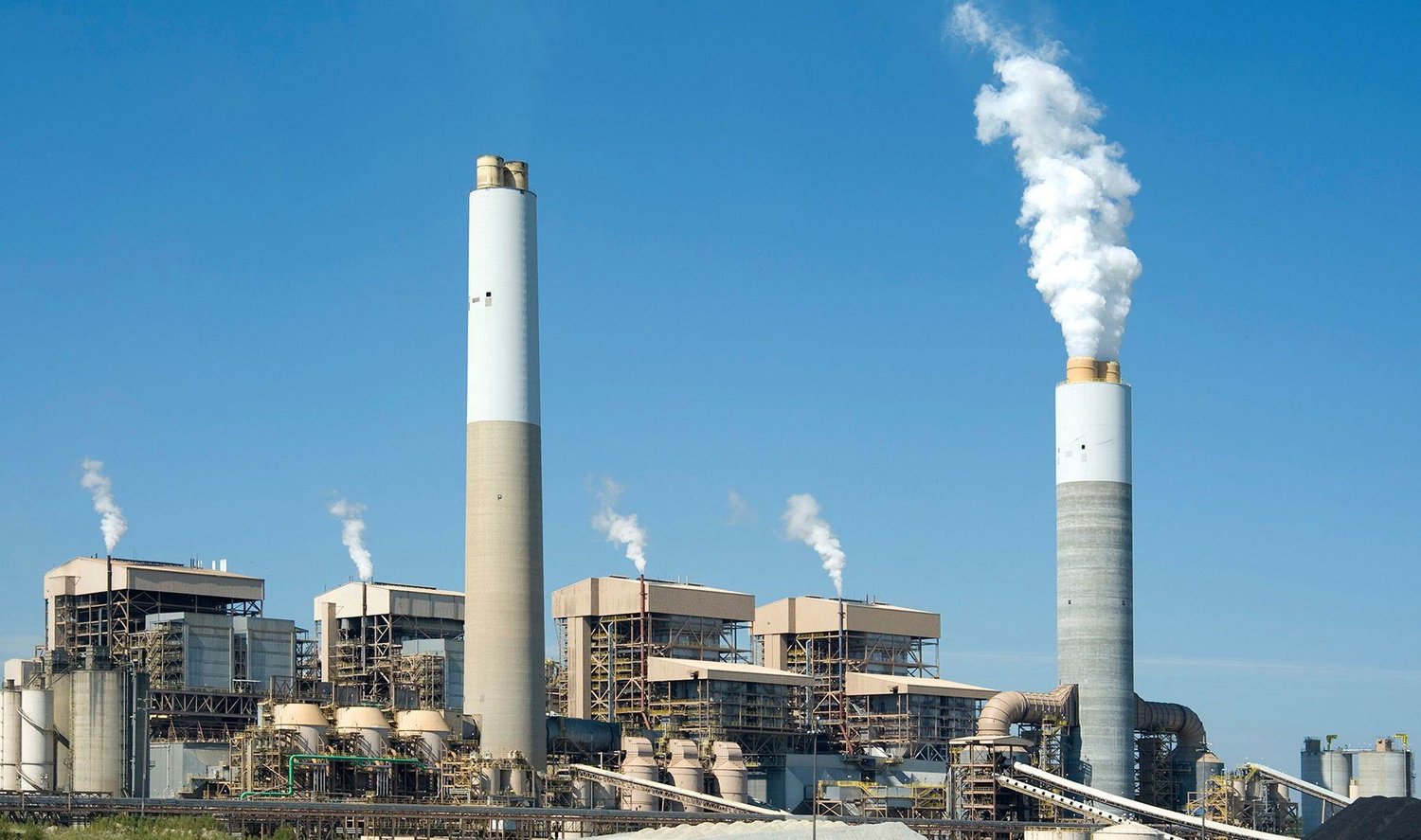Santee Cooper shifts strategy to avoid sale
Utlity to pay $2 million for lying to investors
By Frank Knapp Jr.
Special to the Chronicle
Should Santee Cooper be sold or not is expected to be hotly debated when state lawmakers return next month.
The 2 sides are gearing up for a …
This item is available in full to subscribers.
Subscribe to continue reading. Already a subscriber? Sign in
Get 50% of all subscriptions for a limited time. Subscribe today.
Please log in to continueNeed an account?
|
Santee Cooper shifts strategy to avoid sale
Utlity to pay $2 million for lying to investors
By Frank Knapp Jr.
Special to the Chronicle
Should Santee Cooper be sold or not is expected to be hotly debated when state lawmakers return next month.
The 2 sides are gearing up for a battle.
Last week the SC House announced the formation of the Santee Cooper Ad Hoc Committee. During its pandemic-shortened session earlier this year the House had expressed support for selling the utility.
For its part Santee Cooper took action last week to remove 2 of the many criticized blemishes on its record as it prepares to fight to stay a state agency.
1st, the taxpayer-owned utility cleared the deck of another civil lawsuit resulting from its failed nuclear project with SCE&G.
Santee Cooper’s board agreed to pay $2 million to mini-bond investors and their attorneys for deliberately misleading investors about nuclear project progress prior to abandoning construction in July 2017.
A Santee Cooper spokeswoman claimed the settlement was a win for its customers.
The reality is that the $2 million settlement will be paid by the utility’s ratepayers.
Santee Cooper’s former CEO Lonnie Carter and its directors, who were all responsible for the problem, will face no consequences. Board members keep their paid, prestigious positions and Carter continues to collect his $800,000 yearly retirement.
2nd the Santee Cooper board last week tamped down another negative economic development story about the utility.
Since 2015, Century Aluminum has complained about Santee Cooper’s high electricity rates at its Mount Holly aluminum smelting plant near Goose Creek.
As a result of Santee Cooper’s rates, Century had already shut down half of its plant and workers’ jobs, causing serious economic stress to the local community.
The plant was scheduled to close permanently at the end of this year unless it could obtain electricity at lower cost elsewhere.
To avoid being blamed for causing the loss of another 300 jobs and $500 million in economic activity, Santee Cooper did what it could have done long ago.
It agreed to sell Century lower-priced excess capacity from its Winyah coal plant.
Century Aluminum thanked Gov. Henry McMaster and Commerce Secretary Bobby Hitt for pushing a resolution to the crisis.
Santee Cooper’s new cooperation on the issue, just like its decision to settle the mini-bond lawsuit, was more likely due to its legislative fight that will start next month.
Santee Cooper can’t escape the mountain of bad management and business decisions it has made over the past 15 years, including the $3.6 billion nuclear debt it is forcing its customer to pay.
These and many other bad decisions are outlined in “No Longer an Asset: How Santee Cooper is Failing South Carolina.”
You can read it at https://scsbc.org/wp-content/uploads/2020/10/Santee-Cooper-Not-An-Asset.pdf
Frank Knapp is President and CEO of the South Carolina Small Business Chamber of Commerce.
For the latest news on Santee Cooper's attempots to thwart its sale, check this web site regularly.
Keywords
Santee, Cooper, saleOther items that may interest you







Comments
No comments on this item Please log in to comment by clicking here